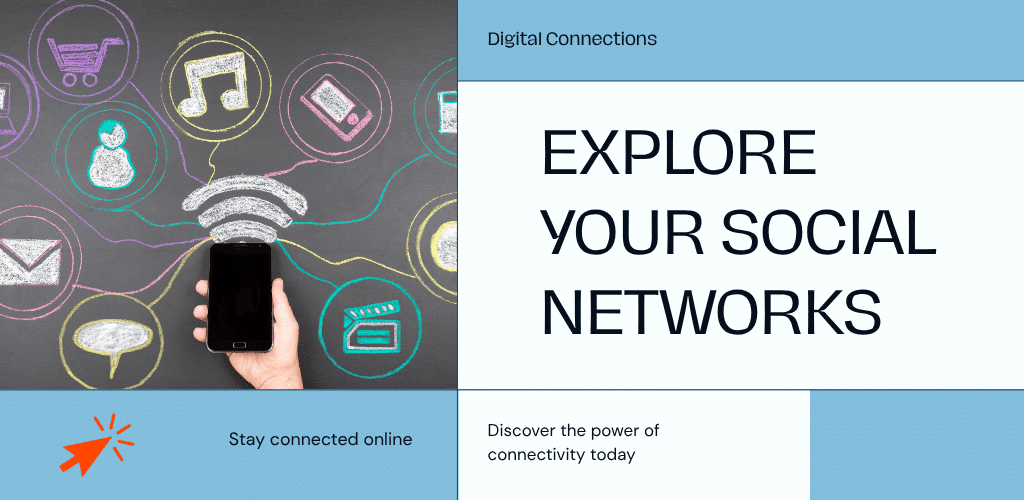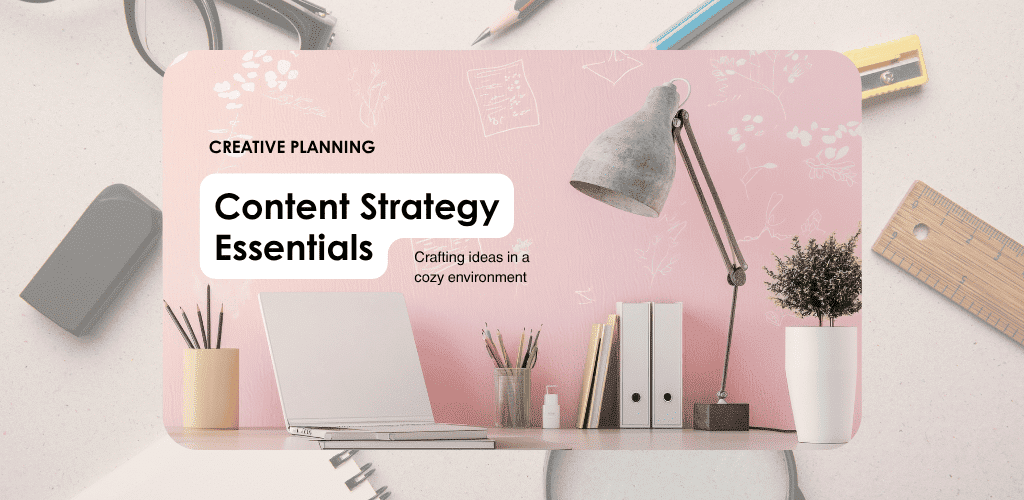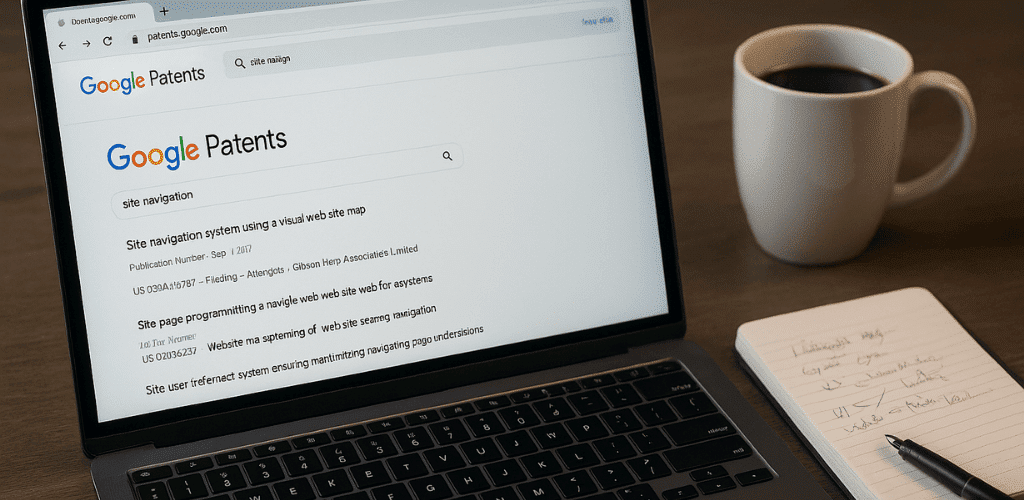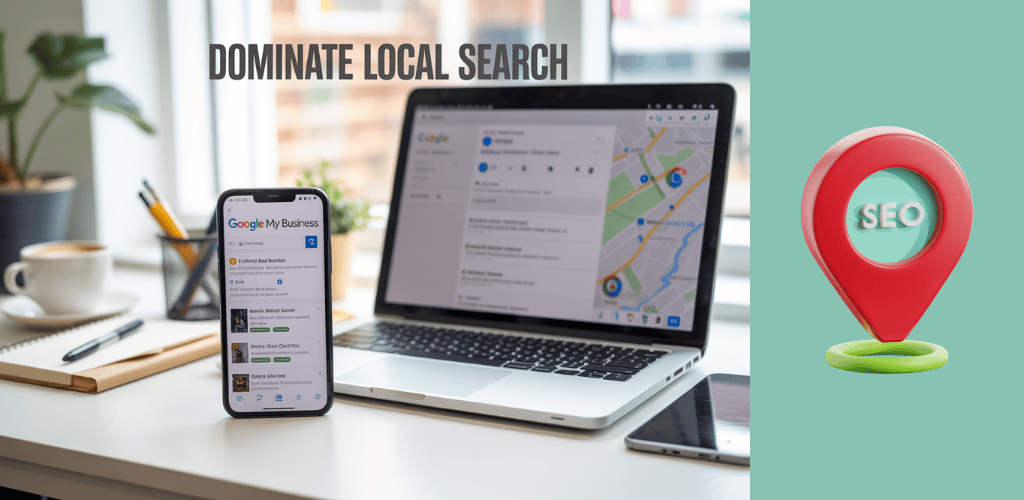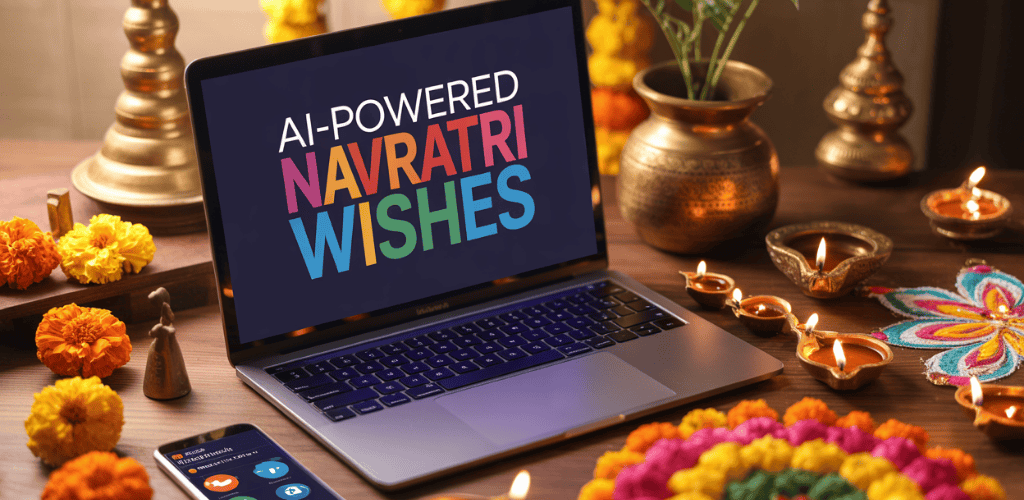Still posting on social media and wondering why the phone isn’t ringing? You’re not alone. A shocking 63% of small businesses waste marketing dollars on tactics that don’t deliver actual customers.
Digital marketing isn’t just another business buzzword. It’s the difference between being the best-kept secret in your industry or the company everyone’s talking about (and buying from).
Whether you’re a reluctant technophobe or just overwhelmed by all the options, effective digital marketing strategies can transform your business visibility without breaking the bank.
But here’s the real question – if most businesses are already online, how do you cut through the noise when your competitors are fighting for the same eyeballs?
Table of Contents
The Digital Marketing Advantage for Modern Businesses
Reaching Customers Where They Spend Time
Gone are the days when people flipped through yellow pages or newspaper ads. Your customers are scrolling through Instagram during lunch breaks, googling solutions to their problems, and checking emails while waiting for coffee.
The numbers don’t lie. The average American spends over 7 hours online every day. That’s basically a full-time job’s worth of screen time! If your business isn’t showing up in those spaces, you’re practically invisible.
Digital marketing puts you right where eyeballs are focused. Whether it’s through:
- Social media posts that stop the scroll
- Emails that land directly in their inbox
- Search results that appear exactly when they’re looking for what you offer
- Video content they actually want to watch
You’re not interrupting their day (like traditional ads do) – you’re becoming part of it.
Leveling the Playing Field Against Larger Competitors
Remember when only big companies with massive budgets could afford TV commercials or billboards? Digital marketing blew that model to pieces.
A small boutique can create Instagram content that outperforms a department store chain. A local restaurant can rank higher in Google searches than national franchises. A startup can build an email list that delivers better results than expensive direct mail campaigns.
Digital marketing isn’t about who has the biggest budget – it’s about who creates the most relevant, helpful, and engaging content for their specific audience.
Small businesses can now compete based on creativity and authenticity rather than advertising dollars. Your personality and expertise can shine through in ways that big corporations often struggle to match.
Measurable Results and ROI Tracking
Traditional marketing was always a bit of a guessing game. “Half my advertising budget is wasted; I just don’t know which half,” as the saying goes.
Digital marketing changes everything. Now you can track:
- Exactly how many people saw your content
- Who clicked on it
- What they did afterward
- Which marketing efforts led to actual sales
This isn’t just interesting data – it’s decision-making power. You can double down on what works and cut what doesn’t, making every marketing dollar work harder.
With tools like Google Analytics, you can see the complete customer journey from first click to purchase. No more flying blind or guessing if your marketing is working.
Building Lasting Customer Relationships
Digital marketing isn’t just about making sales – it’s about creating connections that last.
Through email newsletters, social media interactions, and valuable content, you can stay in your customers’ lives long after their first purchase. This ongoing relationship means:
- Repeat business becomes more likely
- Customers feel more invested in your success
- Word-of-mouth referrals increase naturally
- You build a community, not just a customer base
The best part? These relationships scale. You can personally connect with thousands of customers through automated but personalized digital touchpoints.
Cost-Effectiveness Compared to Traditional Marketing
Let’s talk dollars and cents. A single newspaper ad might cost thousands for one-time exposure. A TV commercial? Tens of thousands plus production costs.
Compare that to digital:
- Email marketing returns $42 for every $1 spent on average
- Social media marketing can reach thousands for just a few dollars a day
- SEO brings ongoing traffic without paying per click
- Content marketing continues working for years after creation
Digital marketing isn’t just cheaper – it’s more efficient. You only pay to reach people who are actually interested in what you offer, rather than broadcasting to everyone and hoping the right people notice.
Essential Digital Marketing Channels for Business Growth
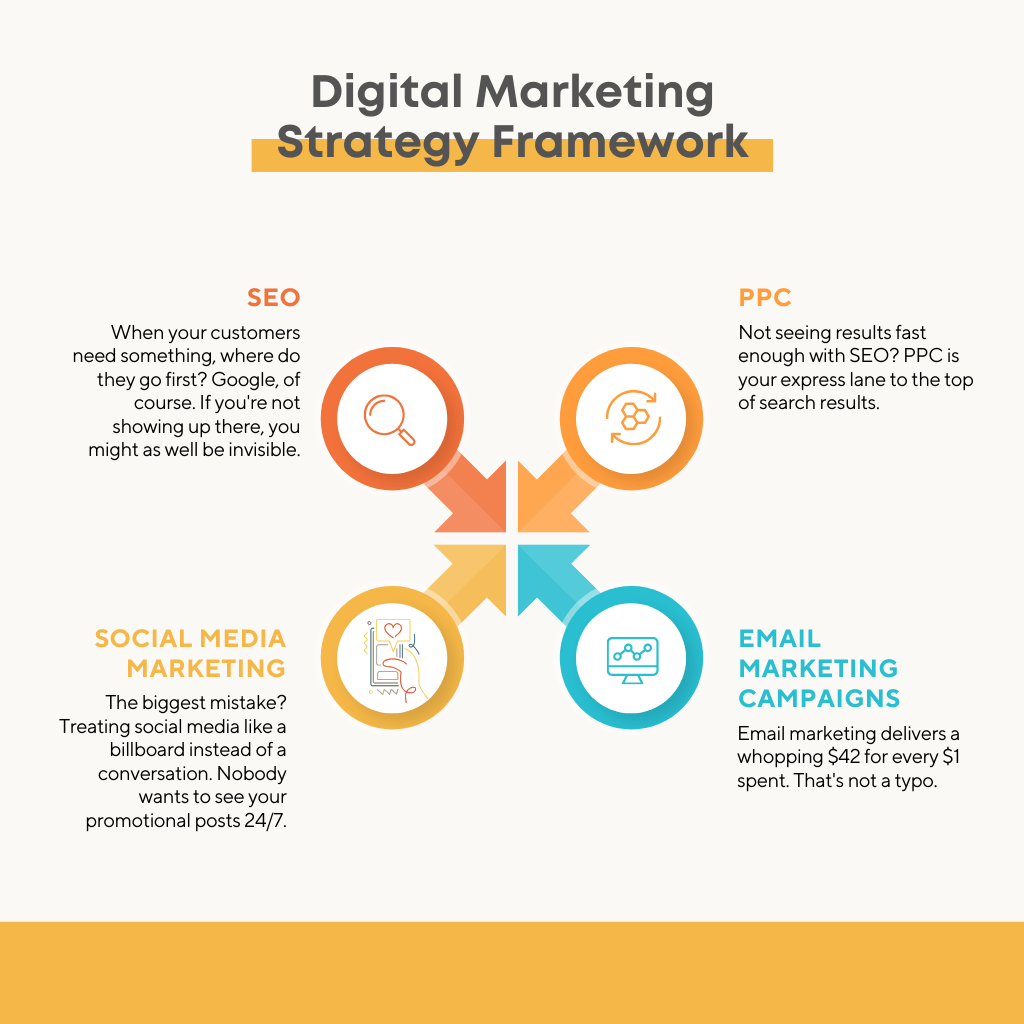
A. Search Engine Optimization (SEO) Fundamentals
When your customers need something, where do they go first? Google, of course. If you’re not showing up there, you might as well be invisible.
SEO isn’t some mysterious dark art anymore. It’s about making your website the obvious answer to your customers’ questions.
Start with the basics:
- Find keywords your customers actually use (hint: they’re not always what you think)
- Create content that answers their questions better than your competitors
- Make sure your website doesn’t load like it’s running on dial-up from 1999
The magic happens when you nail your on-page elements: title tags that make people want to click, descriptions that sell the click, and headers that guide both Google and humans through your content.
And don’t forget local SEO if you have a physical location. Getting those Google Maps listings right can be the difference between “busy Saturday” and “why is nobody coming in?”
B. Pay-Per-Click Advertising Opportunities
Not seeing results fast enough with SEO? PPC is your express lane to the top of search results.
The beauty of PPC is simple: you only pay when someone actually clicks. No more throwing money at ads nobody sees.
Google Ads remains the heavyweight champion, but don’t sleep on:
- Bing Ads (laugh all you want, but the cost-per-click is often cheaper)
- Social media advertising on platforms where your people hang out
- Retargeting campaigns that bring back the 98% who left without buying
Smart businesses don’t just set up campaigns and hope for the best. They obsess over:
- Landing pages that match ad promises
- A/B testing different headlines and images
- Tracking conversion rates like hawks
Remember: the goal isn’t traffic—it’s customers.
C. Social Media Marketing Strategies
Your customers are scrolling through social media right now. The question is: are they seeing you or your competitors?
Each platform has its own superpower:
- Facebook: Detailed audience targeting that borders on creepy
- Instagram: Visual storytelling that builds desire
- LinkedIn: B2B gold when you need to reach decision-makers
- TikTok: Catching the next generation where their attention actually is
The biggest mistake? Treating social media like a billboard instead of a conversation. Nobody wants to see your promotional posts 24/7.
Mix it up with:
- Educational content that makes them smarter
- Behind-the-scenes peeks that build connection
- User-generated content that creates community
- Entertaining posts that keep them coming back
D. Email Marketing Campaigns That Convert
Email marketing delivers a whopping $42 for every $1 spent. That’s not a typo.
Yet most businesses blow it with boring newsletters nobody asked for.
The path to email marketing success isn’t complicated:
- Build your list with valuable lead magnets (not “subscribe for updates”)
- Segment your audience so they only get relevant stuff
- Craft subject lines people actually want to click
- Deliver value before asking for the sale
Automation is your secret weapon here. Set up:
- Welcome sequences that turn subscribers into customers
- Abandoned cart emails that recover lost sales
- Re-engagement campaigns that wake up dormant subscribers
- Post-purchase sequences that create loyal fans
The best part? Once they’re set up, these emails work for you 24/7 without lifting a finger.
Signs Your Business is Falling Behind Without Digital Marketing

A. Declining Market Share and Visibility
Still wondering if digital marketing matters? Look around. Your competitors are probably crushing it online while you’re still relying on that newspaper ad or billboard.
The numbers don’t lie. Businesses without digital strategies typically see their market share shrink by 5-10% annually. It’s not even a slow death anymore—it’s happening in real time.
You might be thinking, “But my business has been around for years!” Sure, but ask yourself:
- When was the last time you checked how many people searched for your business online?
- Does your website show up when potential customers look for your products?
- Can people even find you without typing your exact business name?
If you’re wincing at these questions, you’re already falling behind.
And here’s the brutal truth: invisibility is the new bankruptcy. If Google doesn’t know you exist, neither do your potential customers. About 97% of consumers search online for local businesses. If you’re not there, you’re essentially handing those customers to competitors on a silver platter.
B. Competitor Success Through Online Channels
That new competitor who started two years ago but somehow has more customers than you? They’re not magical. They just understand digital marketing.
Watch what they’re doing:
- Their Instagram posts get engagement while your storefront sits quietly
- Their Google reviews pile up while you wonder why foot traffic decreased
- Their targeted ads follow your potential customers around the web
The most painful part? Your competitors aren’t necessarily better than you—they just showed up where the customers are.
I’ve seen family businesses with 30+ years of experience get outmaneuvered by six-month-old startups simply because the newcomers mastered digital channels. It’s not fair, but it’s reality.
C. Customer Feedback Indicating Digital Disconnect
When customers start saying things like:
- “Do you have a website where I can check your hours?”
- “Can I book an appointment online?”
- “Do you offer online ordering?”
- “I tried looking up your menu on my phone but couldn’t find it”
These aren’t just innocent questions. They’re warning signs that you’re disconnected from how people want to interact with businesses today.
The modern customer journey isn’t a straight line to your door. It’s a zigzag through Google searches, social media checks, review readings, and website visits—all before they even consider calling you. If you’re missing from any of these touchpoints, you’re losing customers without even knowing it.
Your most loyal customers might stick around out of habit, but new ones? They expect digital convenience, and they’ll choose businesses that provide it.
Getting Started With Digital Marketing
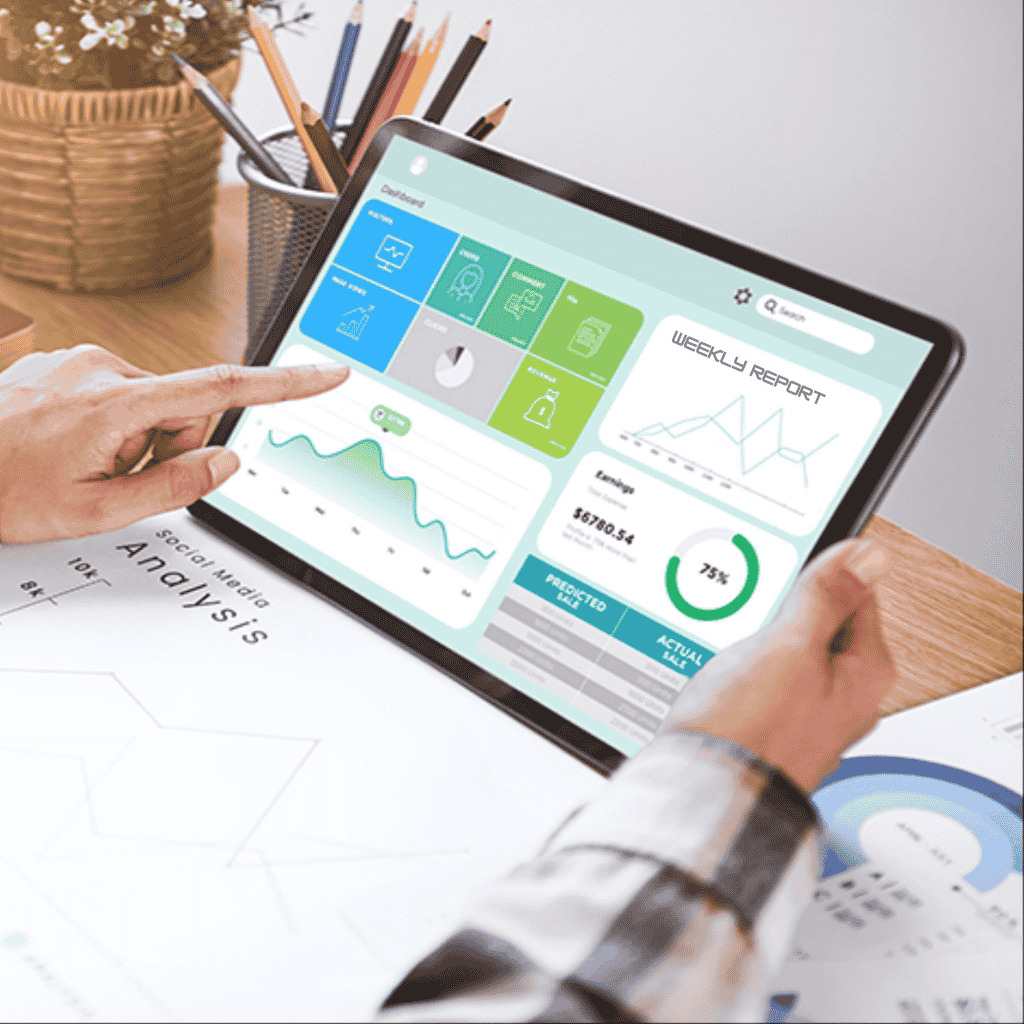
A. Conducting a Digital Marketing Audit
Ever look at your marketing efforts and wonder if they’re actually working? That’s where a digital marketing audit comes in. It’s basically a health check for your online presence.
Start by examining your website. Is it mobile-friendly? Does it load quickly? Check your analytics to see where visitors come from and what they do on your site. Most businesses are shocked to discover their fancy website barely converts visitors into customers.
Next, evaluate your social media accounts. Which platforms are you on? Are they the right ones for your audience? A restaurant might thrive on Instagram but struggle on LinkedIn. Count your followers, engagement rates, and the types of content that perform best.
Don’t forget to spy on your competition. What are they doing that works? What gaps have they left that you could fill? Sometimes the best opportunities are hiding in plain sight.
B. Setting Clear Marketing Objectives and KPIs
Vague goals like “get more customers” won’t cut it. You need specific, measurable targets.
Want more website traffic? Great – how much more? By when? Through which channels?
Here’s what good objectives look like:
- Increase organic website traffic by 30% within 6 months
- Grow email subscribers from 500 to 2,000 in one year
- Achieve a 15% conversion rate on landing pages by Q3
For each objective, assign relevant KPIs (Key Performance Indicators). If social media engagement is your goal, track likes, shares, comments, and click-throughs. For sales objectives, monitor conversion rates, cost per acquisition, and average order value.
The magic happens when you regularly check these numbers and adjust your strategy accordingly.
C. Creating Your First Digital Marketing Plan
Think of your marketing plan as a roadmap, not a straitjacket. It should guide your efforts but allow flexibility.
Start with these core elements:
- Target audience profiles (get super specific here)
- Content strategy (what you’ll create and why)
- Channel strategy (where you’ll distribute content)
- Budget allocation
- Timeline with key milestones
The rookie mistake? Trying to be everywhere at once. Instead, master one channel before expanding to others. A focused Facebook strategy beats a mediocre presence across six platforms any day of the week.
D. Tools and Resources for Beginners
You don’t need a massive budget to get started. These tools make digital marketing manageable even for novices:
- Analytics: Google Analytics (free) tells you who visits your site and what they do there
- SEO: Ubersuggest or Ahrefs for keyword research
- Content Creation: Canva for graphics, Grammarly for writing
- Email Marketing: Mailchimp or ConvertKit
- Social Media: Hootsuite or Buffer for scheduling posts
Learning resources are everywhere – follow industry blogs like HubSpot, Neil Patel, or Social Media Examiner. YouTube tutorials can teach you almost any specific skill you need.
E. When to DIY vs. Hiring Professionals
Digital marketing isn’t rocket science, but it does take time and skill to do well.
DIY makes sense when:
- You have more time than money
- You’re just starting out and testing approaches
- You enjoy learning new skills
- Your business is in a niche you understand deeply
Bring in the pros when:
- You’re wasting hours figuring out technical details
- Your campaigns aren’t delivering results
- You need specialized expertise (like PPC advertising)
- Your time is better spent on other aspects of your business
Many businesses start with a hybrid approach – handling some elements in-house while outsourcing others. As you grow, you can build an internal team or deepen your agency relationships.
Measuring Success and Scaling Your Digital Efforts

Key Performance Indicators to Track
You can’t improve what you don’t measure. Digital marketing without tracking is like driving with your eyes closed – dangerous and pointless.
Start by tracking these essential KPIs:
- Conversion Rate: What percentage of visitors take your desired action? This could be purchases, sign-ups, or downloads.
- Customer Acquisition Cost (CAC): How much are you spending to get each new customer?
- Return on Investment (ROI): For every dollar spent, how much are you getting back?
- Website Traffic: Who’s visiting your site and where are they coming from?
- Engagement Metrics: Are people actually consuming your content? Look at time on page, bounce rates, and social shares.
For local businesses, don’t forget about tracking phone calls, store visits, and “near me” searches.
Analytics Tools for Data-Driven Decisions
The good news? You don’t need a data science degree to track your digital marketing performance.
These tools make measurement straightforward:
| Tool | Best For | Price Point |
|---|---|---|
| Google Analytics | Overall website performance | Free |
| Facebook Insights | Social media campaigns | Free |
| Mailchimp Reports | Email marketing metrics | Free/Paid plans |
| SEMrush | SEO and competitor analysis | Paid (free trial) |
| HotJar | User behavior on your site | Free/Paid plans |
Google Analytics alone can tell you where your traffic comes from, what users do on your site, and which pages convert best. That’s gold.
Adapting Your Strategy Based on Results
Data without action is just numbers on a screen.
When your social media posts are falling flat but your email open rates are through the roof, that’s your business whispering what it needs. Listen.
Here’s how to adapt:
- Review your metrics monthly (at minimum)
- Identify clear winners and losers
- Double down on what works
- Test new approaches for what doesn’t
- Repeat
A real example: A small boutique noticed their Instagram product posts got minimal engagement, but behind-the-scenes content received 3x more interaction. They pivoted their strategy to focus on authenticity over promotion – and saw a 27% increase in follower growth.
Scaling Successful Campaigns
Found something that works? Don’t just celebrate – scale it up.
Scaling doesn’t always mean spending more money. It could mean:
- Expanding a successful Facebook ad to Instagram
- Turning a popular blog post into a video series
- Creating lookalike audiences based on your best customers
- Automating email sequences that drive results
The trick is incremental growth. If an ad set is performing well with a $10 daily budget, don’t immediately jump to $100. Try $20, then $30, and watch those metrics closely.
Remember that scaling might require new resources. When your email list grows from 100 to 10,000 subscribers, you’ll need better tools and possibly more hands on deck.
The businesses that win at digital marketing aren’t necessarily the ones with the biggest budgets – they’re the ones obsessively measuring, adapting, and scaling what actually works.
FAQ’s
What’s the difference between digital marketing and traditional marketing?
Digital marketing happens online through websites, social media, email, and search engines. Traditional marketing uses offline channels like TV, radio, print ads, and billboards. Digital lets you target specific audiences, track results in real-time, and often costs less. Traditional marketing can still reach broad local audiences but offers limited measurement and typically costs more.
Do I need to be on every social media platform?
Absolutely not. That’s a rookie mistake that’ll burn you out fast. Pick 1-2 platforms where your customers actually hang out. A B2B company might focus on LinkedIn and Twitter, while a fashion brand would prioritize Instagram and TikTok. Quality always beats quantity – better to nail one platform than be mediocre on six.
How much should I budget for digital marketing?
For small businesses just starting out, allocate 7-12% of your revenue. If you’re bringing in $10,000 monthly, that’s roughly $700-$1,200 for marketing. But here’s the truth – start small, test what works, then scale up your winners. Many businesses begin with just $500 monthly on a single channel before expanding.
How quickly will I see results?
Some channels work faster than others. Paid ads can drive traffic immediately. Social media might take 3-6 months to build momentum. SEO typically needs 6-12 months before you see significant organic traffic. The businesses that fail in digital marketing usually quit right before things start working. Patience pays.
Can I do digital marketing myself or should I hire someone?
You can absolutely start yourself, especially with user-friendly tools like Mailchimp, Canva, and social scheduling apps. Most business owners handle their own marketing initially, then outsource specific tasks as they grow. If you’re completely overwhelmed, consider hiring a freelancer for 5-10 hours monthly rather than a full agency right away.
Conclusion
The Digital Revolution Waits for No One
Today’s marketplace isn’t just going digital—it’s already there. From enhancing visibility and customer engagement to providing measurable ROI, digital marketing has become essential rather than optional for businesses of all sizes. Whether through social media, content marketing, SEO, or email campaigns, these channels offer unique ways to connect with your target audience and drive growth in ways traditional marketing simply cannot match.
Don’t let your business get left behind. Start small by identifying your goals, understanding your audience, and selecting the most relevant digital channels. Remember that consistency matters more than perfection, and data is your best friend when scaling your efforts. The digital landscape will continue evolving, but with the right approach, your business can not only keep pace but thrive in this new environment. The question isn’t whether you can afford digital marketing—it’s whether you can afford to ignore it.


